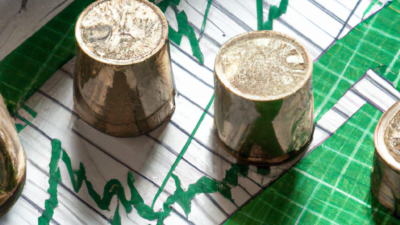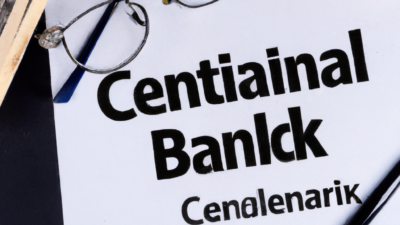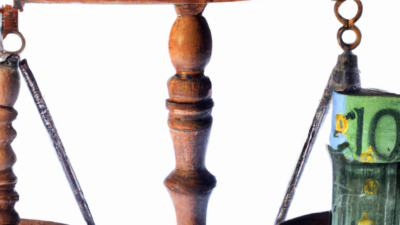**Navigating the Complexities of Monetary Policy: Timing, Tools, and Implications**
Monetary policy serves as a cornerstone of modern economic management, wielded by central banks to influence a nation’s economic health. Its significance cannot be overstated, as it directly impacts inflation rates, employment levels, and overall economic stability. However, one of the most intricate and debated aspects of monetary policy is its timing. When should central banks intervene? How do they determine the optimal moments to adjust interest rates, modify reserve requirements, or engage in open market operations? These questions are pivotal because mistimed actions can either stifle growth or exacerbate inflation, leading to economic turbulence. This article delves into the nuanced world of monetary policy timing, examining the indicators, tools, and potential outcomes that shape these critical decisions. By understanding the ‘when’ of monetary policy, we can better appreciate its profound impact on our daily lives and the broader economy.
Certainly! Here's a suggested content outline for an article on the topic "When is Monetary Policy":
Monetary policy is a critical tool used by central banks and governments to manage the economy by controlling the supply of money and the cost of borrowing. It is typically employed in various economic scenarios to achieve specific objectives, such as controlling inflation, managing employment levels, and stabilizing the currency.
**1. During Economic Growth:**
When an economy is experiencing rapid growth, inflation can become a significant concern. In such cases, central banks may implement a contractionary monetary policy to cool down the economy. This can involve raising interest rates, which makes borrowing more expensive and encourages saving over spending. By reducing the money supply, the central bank can help prevent the economy from overheating and keep inflation in check.
**2. During Economic Recession:**
Conversely, during periods of economic downturn or recession, monetary policy can be used to stimulate growth. An expansionary monetary policy might involve lowering interest rates to make borrowing cheaper, encouraging both consumers and businesses to spend and invest. Additionally, central banks might engage in quantitative easing, which involves purchasing government securities to increase the money supply and promote lending and investment.
**3. In Response to External Shocks:**
Monetary policy can also be a crucial response mechanism to external economic shocks, such as a sudden increase in oil prices or a financial crisis. By adjusting interest rates or engaging in open market operations, central banks can help stabilize the economy and mitigate the negative effects of such shocks. For example, during the 2008 financial crisis, many central banks around the world slashed interest rates and implemented unconventional monetary policies to support their economies.
**4. To Manage Exchange Rates:**
Another important aspect of monetary policy is managing the value of the national currency in the foreign exchange market. Central banks may engage in foreign exchange interventions to stabilize or devalue their currency to gain a trade advantage. By influencing the exchange rate, a country can make its exports cheaper and more competitive on the global market, which can be particularly useful for boosting an economy that relies heavily on exports.
**5. To Influence Employment Levels:**
Monetary policy can also target employment levels. By fostering a stable economic environment with low inflation and reasonable interest rates, central banks can create conditions that are conducive to job creation. However, there is often a trade-off between inflation and unemployment, known as the Phillips Curve, which policymakers must carefully navigate.
**6. Long-term Structural Adjustments:**
Sometimes, monetary policy is used to address long-term structural issues within an economy. For example, a country facing persistent low growth may use a combination of lower interest rates and other monetary tools to encourage investment in infrastructure, education, and technology. These investments can help improve the productive capacity of the economy over the long term.
In conclusion, monetary policy is a versatile and powerful tool used by central banks to guide the economy through various phases and challenges. Whether it is to curb inflation, stimulate growth during a recession, respond to external shocks, manage exchange rates, influence employment, or address long-term structural issues, the appropriate application of monetary policy can significantly impact a nation's economic health.













